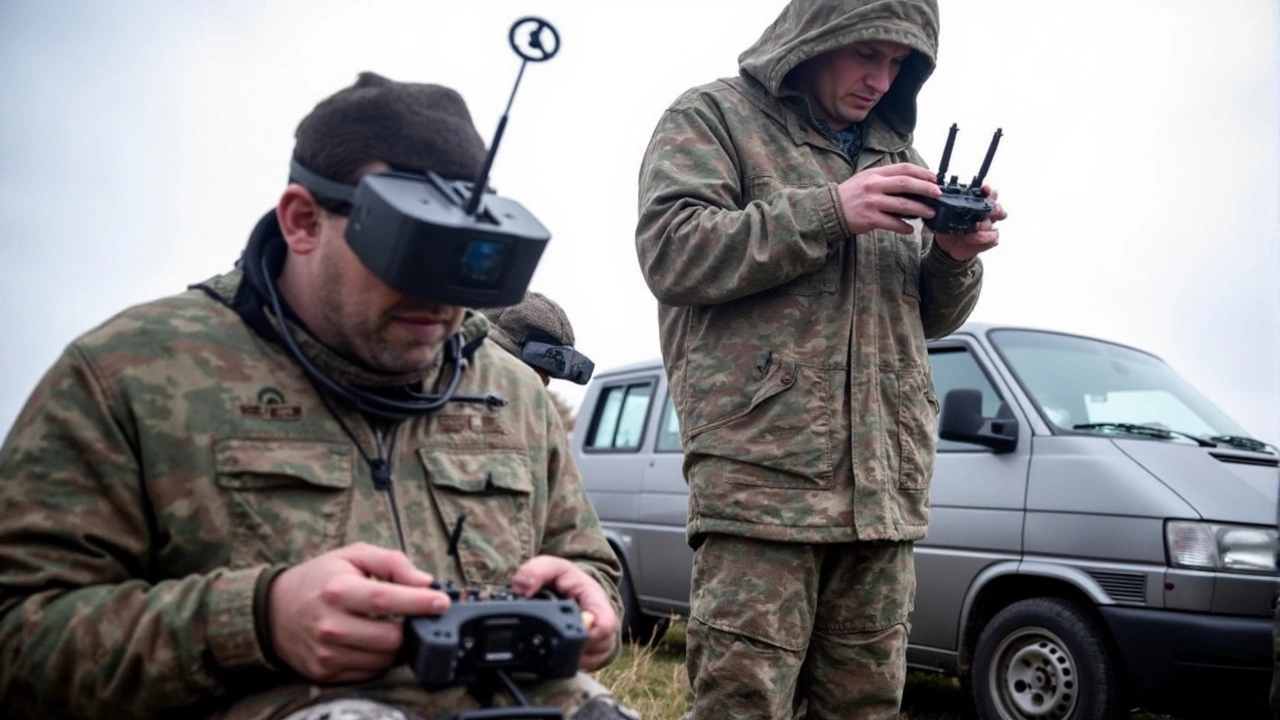Drones – The Rapid Rise of Unmanned Flight
When working with drones, unmanned aerial vehicles that can be remotely piloted or operate autonomously. Also known as UAVs, they have reshaped how we capture footage, transport goods, and monitor environments. The surge in drones use isn’t just a hobbyist trend; it’s a technology that touches everything from film production to emergency response. As more businesses and governments adopt the sky‑borne tools, the conversation now revolves around safety, privacy, and legal frameworks.
One of the biggest game‑changers is aerial imaging, the practice of capturing photos or video from a high‑altitude perspective using drones. News outlets, sports broadcasters, and even local clubs use this capability to give fans a fresh look at matches, training sessions, and stadiums. For instance, a recent pre‑season tour by a top football club featured drone shots that highlighted crowd energy in Hong Kong and South Korea, adding a new visual layer to fan engagement. The same tech that powers these shots also fuels real‑time analytics for coaches, letting them spot formation gaps that the naked eye might miss.
Beyond the lens, drone delivery, the use of unmanned aircraft to transport packages directly to consumers or businesses is stepping out of pilot projects into everyday life. Retail giants are testing fleets that can zip medicines across traffic‑jammed cities, while smaller startups focus on delivering fresh food to remote communities. The promise is clear: faster service, lower carbon footprints, and new job categories for drone operators. Yet, each flight also raises questions about airspace management and the need for clear traffic rules.
Enter the regulatory framework, the set of laws, guidelines and safety standards that govern how drones can be built, registered, and operated. Governments worldwide are racing to codify rules that balance innovation with public safety. In the UK, recent proposals aim to make the misuse of advanced imaging tools, like deepfakes created from drone footage, a criminal offence—mirroring broader efforts to curb online abuse. Meanwhile, other nations impose strict flight‑path restrictions near airports and crowded events, forcing companies to integrate geofencing software into every drone fleet.
These regulations intersect with another hot topic: privacy. As drones become more affordable, anyone can capture high‑resolution video of private property from the sky. Activists argue that this capability can expose wrongdoing, yet civil‑rights groups warn of a surveillance creep that could chill free expression. The debate echoes recent headlines about explicit deepfakes and online safety laws, underscoring a broader societal push to protect personal data in an age of visual AI.
Technology also fuels unexpected stories. Take the case of an Atlanta inventor who warned the world about a new fuel conversion system—his disappearance sparked a media frenzy that highlighted how quickly tech narratives can spiral online. Similarly, when a popular music documentary uncovers hidden archives, it reminds us that drones can uncover hidden angles in cultural history, offering fresh perspectives on legacy content.
All these threads—imaging, delivery, law, privacy, and cultural impact—show that drones are more than gadgets; they are catalysts reshaping business models, entertainment, and public policy. Whether you’re a sports fan intrigued by aerial match highlights, a retailer eyeing faster shipping, or a citizen concerned about your backyard’s privacy, understanding the ecosystem helps you navigate the fast‑moving sky.
What’s Next in the World of Drones?
Below you’ll find a curated set of articles that dive deeper into each of these angles. From the latest regulatory updates and breakthrough delivery pilots to eye‑popping footage from recent sports tours, the collection gives you a clear view of where drones are headed and how they might change the way you experience daily life. Let’s explore the stories that illustrate the power and the challenges of this soaring technology.
